
Silica Sand for Water Filtration
What You Should Know About Filter Sand and Gravel During the Pharaonic Era, researchers found traces of a sand filter in Alexandria dating back to
At first, we need to know where the idea of using sand and gravel in filtering process came from?
Cairo Minerals Offer High Graded and processed and sieved silica sand for artificial grass , which is natural grains
Cairo Minerals Offer the Silica sand with High Quality for horse racing track
Swimming pool filter sand our product of filter sand and Filter Gravel
Exported to more than 35 countries in all over the World
High Quality and high deposit foundry sand since thousands of years with Huge Reserve in Egypt
What is activated carbon gold recovery grade ?
what is the difference between activated carbon for water treatment and gold recovery grade ?
Black coal is a raw material for water purification as filter media. Additionally, it has features such as low ash, Sulphur, phosphorus, and high calorific power.
Hydrated lime (calcium hydroxide) is a dry, colorless crystalline powder manufactured by treating calcium oxide (quicklime) with water. It is also known as slack lime, builders lime, or pickling lime.
Aluminum sulfate has many different uses in day-to-day life, as well as being used in several essential industries. In fact, you probably come into contact with it on a daily basis without even knowing it!
Cairo minerals, established in 2004, is one of the leading silica sand suppliers and manufacturers, name registered with THE MINISTRY OF TRADE AND INDUSTRY under Chamber of Commerce No. 103020 with Exporting License No. 63696. Our company is a pioneer in high-quality Silica Sand supply and exportation. Our products are shipped from Egypt to several countries such as Algeria, UAE, Sultanate of Oman , Bahrain , Saudi Arabia , Lebanon , Greece , Yemen , Cyprus , Malta , Philippines , Pakistan , India , Libya, Indonesia , Palestine , Ireland , South Korea, Italy , Senegal, Georgia, Croatia, Spain, Turkey, Albania ,Iraq, Sudan, China, Syria , Mauritius Qatar, Japan, Mauritius, Mayotte, Congo, Singapore Morocco, Kuwait, Ghana , Romania
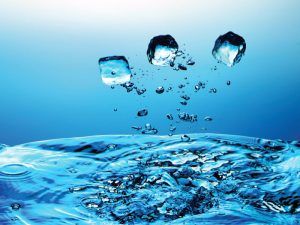

What You Should Know About Filter Sand and Gravel During the Pharaonic Era, researchers found traces of a sand filter in Alexandria dating back to
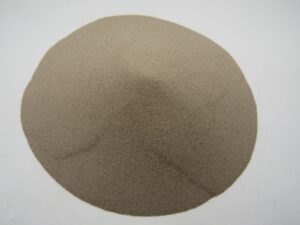
Product Overview Zircon is a high-purity zirconium silicate mineral (chemical formula ZrSiO₄) renowned for its exceptional thermal stability and durability. It is characterized by a

In this article, we will talk about swimming pool filter sand. The swimming pool filter sand is one of our products. Meanwhile, you can find our
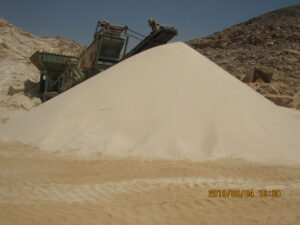
Silica (SiO2) sand is generally the sand which you can get all over a beach and it also happens to be the most commonly used

Foundry Sand – Silica Sand For Foundries Foundry Sand High Quality and high deposit foundry sand for thousands of years with a Huge Reserve in Egypt

Golf course sand A golf course silica sand consists of a series of holes, each consisting of a teeing ground, fairway, rough and other hazards,

Silica Sand for Artificial Grass Are you looking for where to buy silica sand for artificial grass? Cairo Minerals offers high-graded, processed, and sieved silica sand

What is silica sand for horse racing tracks? Silica sand is widely recognized for its various applications, including one that may not be as well-known

Carbon Concord Carbon-Concord aims to cut down carbon emissions and enhance social and economic wellbeing through a cross-sectorial approach. It is a joint effort among
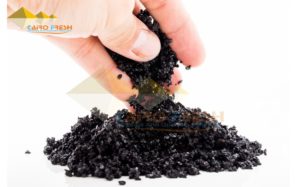
Activated Carbon Which Used Water Filtration Activated carbon used for water filtration is made from the world’s superior anthracite. In fact, it is the only
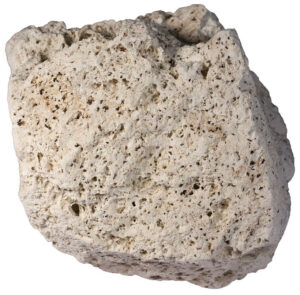
WHAT IS pumice? (also called Ponza among the people)…in other words, pumicite in Latin, contrary to popular belief, is not a stone, but a light
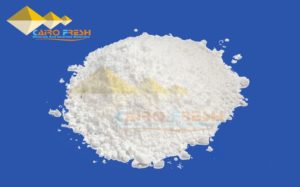
A Leading Silica Flour Suppliers As one of the leading Silica Flour Suppliers, we are proud to offer the best quality Silica flour for all
We, as one of the best silica sand suppliers and manufacturers, are proud of having large base of customers around the whole world, We are proud of having large base of customers around the whole world.
To appreciate quarry and mining operations in Egypt, one must understand that without them, there would be no great Pyramids and there would be no grand temples, Egypt was built from quarry and mining operations.
The packaging process of silica sand and Gravel For Water Filtration according to EN12904 AND ANSI/AWWA B100-96 is considered as one of the most important stages in the export process of water filtration and water filter media.
Cairo minerals, established in 2004, is a leading name that is registered with The MINISTRY OF TRADE AND INDUSTRY Under Chamber Of Commerce No. 103020 with Exporting License No. 63696. Our company has been a pioneer in high-quality Silica Sand Manufacturers and Suppliers. The products of Silica Sand from Egypt are exported to Cyprus, Greece, Spain, India, United Arab Emirates, Kuwait, Malta, Turkey, Qatar, Senegal, Algeria, Libya Japan, Syria, Lebanon, Georgia, Croatia, Philippines, and Iraq, Sultanate of Oman.Lire Moins
Do you know the history of filtering water through sand and gravel? The practice is as ancient as the time when sand and gravel were used to purify the drinking water in the Pharaonic Era, i.e. 4000 BC. Researchers found traces of this practice to provide safe water. This research sparked their interest and they got inspired. Even Hippocrates carried out his own experiments in the distillation of water. Since then, the idea of using sand filters became popular.
Swimming Pool Filter Sand is one of our most sought-after products that you can find along with our many other widely known products. We obtain sand which has a high amount of valuable minerals and elements from the richest parts of the earth and turns it into some of the most effective Pool Filter Sand. As the Silica Sand Manufacturers, the pool filter sand we offer meets the international standards. It will neither solidify nor clog the channeling of the sand in the filter. This High-quality Silica sand is a very useful element.
The softening salt filtration of Water available in the market contains impurities and insoluble substances which can lead to damage of water softening appliances. As the Silica Sand Suppliers, we offer the most effective Eco Salt tablets that are best suited for your water softening appliance. It is safe, affordable, contains no preventative of the pipe system, and has three years of shelf life. It has everything you need!
Our years of quality providing paid off as we now take pride in having built our customer base across the globe. From Cyprus to India there is no place we aren’t there.
Without Quarry and mining, there is no way these great Pyramids or grand temples could have existed. In fact, there would also be little in the way of glorious…
Our packaging process of silica sand and gravel for filtration of water is done according to the standards of EN12904 and ANSI/AWWA B100-96. We follow all the important stages of water filtration which are considered valuable and significant from the exporting standpoint.
On the Northside of Suez Gulf in ABOU ZNIEMA or in the Southern side of Suez Gulf in AL ZAFARANA Along with Red sea coast as well in north Sinai in AL AREASH AREA.
You can check our Products Page
Or visit our page on Alibaba
Also, we are glad to help you with any information about Silica, don’t hesitate to contact us
you will find several ways to contact us at any time.
Looking for the best quality and reliable Silica Sand suppliers !!!?
The Purity of that Sand Exceeds 99.3%.it’s used for Manufacturing different types of Glass, Float glass, Glass Sheets, Glassware, tableware, Crystal, Bottles, and Container Glass.
The Highest Content of SIO2 and Lowest Iron Content is the main Element in Focusing and Comparison in Silica-sand.
WhatsApp us